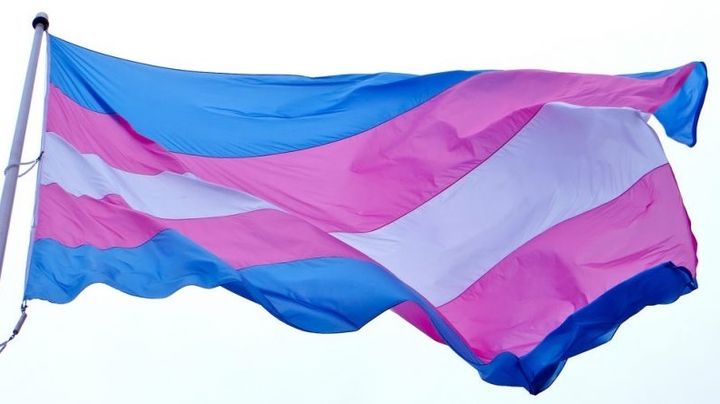
When Danielle* first came home from the hospital after vaginoplasty, a surgery to turn her penis into a vagina, she recuperated at her mother’s home in New York City. But her mother still used the pronoun “he” to refer to her daughter and had a hard time using her female name.
Danielle’s support instead came from a visiting nurse specially trained to care for patients after they undergo these procedures. “I pulled the mother aside and tried to explain in a nice way that it would be good if she addressed her child as she wished to be addressed,” says Soraya Gomez, of the Visiting Nurse Service of New York, who visited Danielle regularly in her first weeks home following vaginoplasty. “Traveling from one gender to another is a big change, and patients going through it really need to have their feelings supported.”
The Power of Partnership
Transgender Americans too often face discrimination and stigma in the health care system and avoid seeking care when they need it as a result. In a recent study by the National Center for Transgender Equality, one-third of transgender people who saw a health care provider in the year of the survey reported a negative experience due to their gender identity. And nearly one-quarter said that they avoided seeking needed health care out of fear of mistreatment.
A unique partnership that provides transgender patients with the complete array of care before, during and after gender affirmation surgery aims to change the equation. Soraya is one of more than 100 home care nurses and rehabilitation therapists from my organization, VNSNY, who’ve received special training in caring for patients who have undergone gender affirmation procedures. Danielle, like most of the patients this team cares for, received surgery, as well as comprehensive pre- and post-operative care, from the Mount Sinai Health System, whose Center for Transgender Medicine and Surgery is one of the first of its kind in the country.
“It’s transformative, it’s affirming, and it’s also scary,” the Center’s program director, Zil Goldstein, says of the process of changing genders. “It’s a major body change. Whatever we can do to help mitigate the fear and shock of change helps our patients feel safe. This level of compassion and caring eases fear and discomfort.”
In addition to providing emotional support, home care providers like Soraya work closely with the medical team to make sure that the post-operative home care is done seamlessly. This includes coaching the patient through the vaginal dilation process—something that needs to be done several times a day following vaginoplasty, as vaginal dilation is essential to ensure prevention of vaginal closure.
When one of Soraya’s patients faced challenges during dilation, she and Soraya together FaceTimed the doctor, who added insight on the dilation equipment and helped them navigate the process at a critical juncture and in real time. “We always have a direct line to the doctor,” said Soraya, highlighting one of the keys to the program’s success.
Training Change Agents
The word “transformation” comes up again and again when I talk to the nurses and rehabilitation therapists who participate in VNSNY’s gender affirmation training. They are speaking not only of the transformation that patients go through as they complete their journey to another gender but also about the transformation they themselves go through as they learn to clinically and emotionally support patients on this journey. It is support based in knowledge, free of judgment and delivered compassionately in the sanctity of the patient’s home. The program includes a cultural sensitivity component and a clinical component, in which the clinicians learn how to support the patient’s surgical recovery.
“The clinical aspect of the training is obviously very important, but we also really stress the cultural side,” says Shannon Whittington, a VNSNY care team manager who directs the training program. “This population is accustomed to being discriminated against by healthcare workers.” Knowledge and understanding, she adds, are vital remedies for fear and discrimination. “One person can change the world, and I believe we’ve done that here,” Shannon says. “Nurses may come in thinking one way—maybe they have preconceptions—and walk out thinking a completely different way, able to provide the best care to the patient. I see myself, through this training, becoming a transformational change agent.”
We speak your language
For Danielle, her mother’s repeated use of the “he” pronoun continued to sting, and Soraya’s support on that front went a long way. In fact, this is an important part of the training. As Shannon explains, “When our clinicians ask patients what their preferred pronoun is—some people prefer ‘he’ or ‘she,’ while others may prefer to be called ‘they’—the patient understands right away that our caregivers know what they’re doing.”
Care providers can also communicate their support without even saying a word. I see it at my organization every day, where our home health providers wear rainbow pins on their uniforms to communicate to our patients that we respect who they are, and that they can safely identify themselves and their needs to us.
When it comes to building the bonds that support healing, the little things—symbols of openness, acceptance, welcome and support—can make a big difference.
* Name changed to protect privacy
